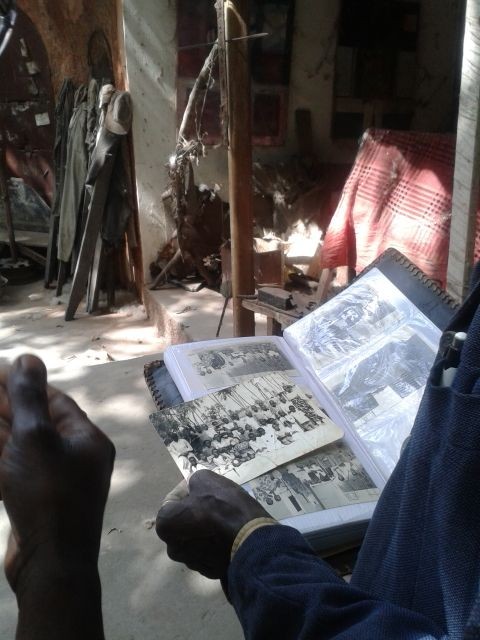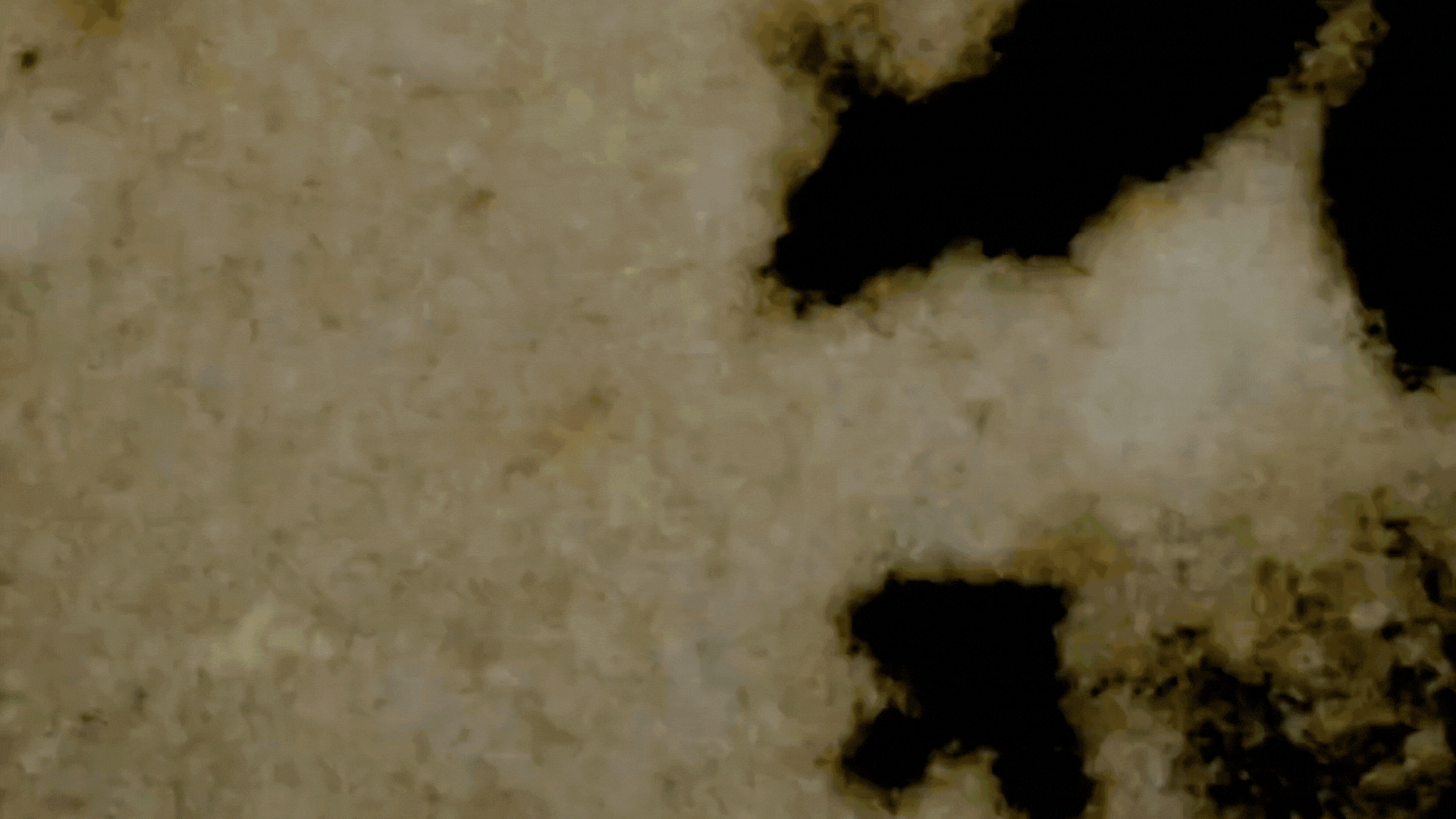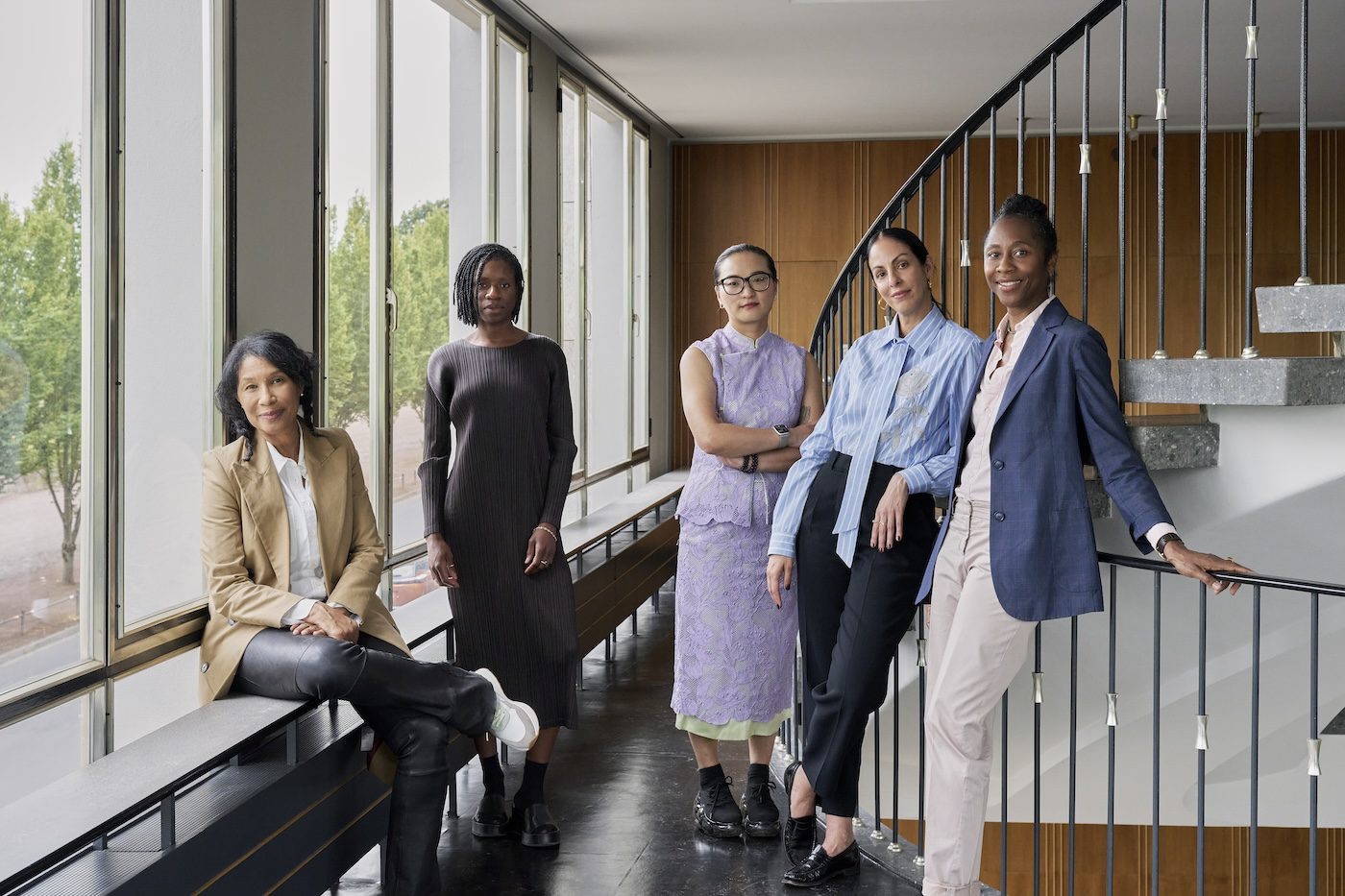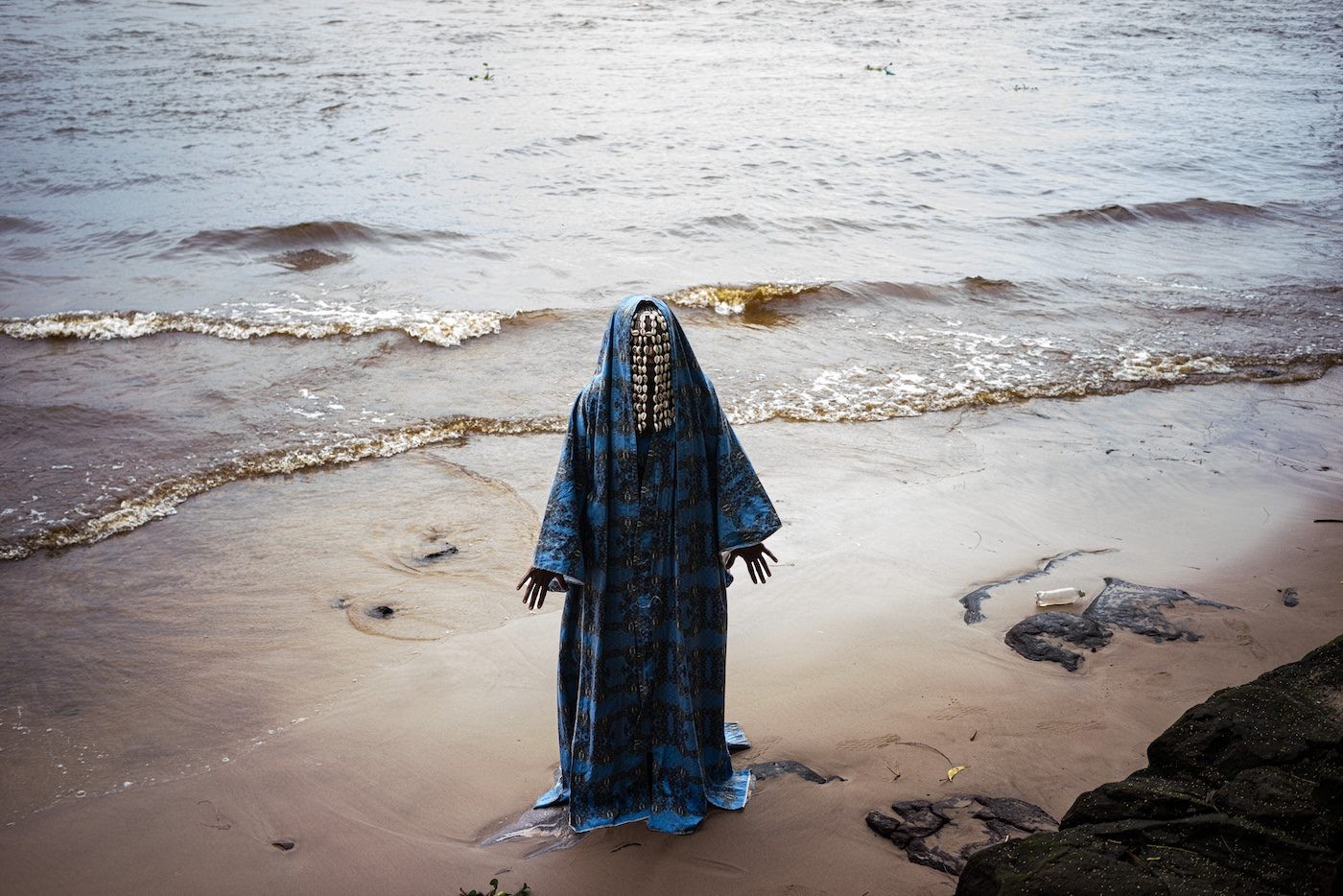Complicity and reminiscence - Connivence et réminiscence

10 May 2014
Magazine C& Magazine
4 min read
We ran into Issa on Rue Jules Ferry, and he invited us to return to his courtyard. Much had happened that day, suffused with a kind of dialectical complicity that always surfaces among artists and players in the art world. To my great surprise, Issa Samb presented me with a photograph from my childhood. “I’ll …
We ran into Issa on Rue Jules Ferry, and he invited us to return to his courtyard. Much had happened that day, suffused with a kind of dialectical complicity that always surfaces among artists and players in the art world. To my great surprise, Issa Samb presented me with a photograph from my childhood. “I’ll entrust you with a photo,” he told me. “Go to Tiger’s and make 3 prints of it: one for Fodé Camara, one for Babacar Traoré Diop and the third one for you. Oh,” he added, “and give me back the original.”

© Contemporary And (C&)
Reminiscences
In the courtyard, Issa Samb reimmersed us in the past, his form of performance, a historical one. He conjured up the ’80s, an era marked by the dismantling of the Village des Arts, which confirmed the passing of Poet-President L.S. Senghor’s policy of cultural engagement. Issa recounted to us how the artists were evicted from their studios at the Village des Arts, while the Musée Dynamique was closed to become the Supreme Court. He also told us the story of the 1968 rebellion in Dakar and the crackdown on the student movement. After the assassination of Omar Blondin Diop and the weakening of the student protest movement that followed it, the Laboratoire Agit Art (“Art Act Laboratory”), comprised of the writer Mamadou Traoré Diop, Youssoupha Dione, both since diseased, and himself, Issa Samb, along with other intellectuals and artists, launched a frontal attack on the Sengalese government.
Laboratoire Agit’art fought a hard battle to liberate itself from the language of the established academic canon in the areas of painting and sculpture in order to establish a conceptual art articulated by gathering images and objects from day-to-day culture.
Mansour Ciss Kanakassy
Connivence et réminiscence
Nous avons rencontré Issa dans la rue Jules Ferry, et il nous a invités à retourner dans sa Cour. Ce jour-là, il s’est passé beaucoup de choses : une sorte de complicité dialectique, comme toujours entre artistes et acteurs de l’Art. À ma grande surprise, Issa Samb m’a remis une photo prise dans mon enfance. « Je vais te confier une photo, » m’a-t-il dit, « tu iras chez “Tiger“ en faire faire trois reproductions, une pour Fodé Camara, une pour Babacar Traoré Diop, et la troisième pour toi ». « Tu me rendras l´original », a-t-il ajouté.
Les réminiscences
Dans sa cour, Issa Samb nous a replongés dans le passé, sous forme de performance, historique celle-ci. Il a évoqué les années 80, marquées par le démontage du Village des Arts, qui devait entériner la disparition de la politique culturelle engagée du gouvernement du poète président L.S. Senghor. Issa nous raconta comment les artistes furent chassés de leurs ateliers du Village des Arts lors de la fermeture du Musée Dynamique devenu Cour de Cassation. Il nous fit aussi le récit des événements de Dakar en 1968, et de la répression du mouvement étudiant ; après l’assassinat de Omar Blondin Diop et l’affaiblissement du mouvement de protestation estudiantine l’ayant suivi, le Laboratoire Agit Art, composé de l’écrivain Mamadou Traoré Diop, de Youssoupha Dione, tous deux décédés depuis, de lui-même, Issa Samb, et d’autres intellectuels et artistes, attaqua de front le gouvernement sénégalais.
Ce fut un rude combat que mena le Laboratoire Agit Art pour de se libérer du langage des canons académiques établis, tels la peinture et la sculpture, et pour introniser un Art conceptuel articulé sur un assemblage d’images et d’objets de la culture quotidienne.
Mansour Ciss Kanakassy
Read more from

On Ghosts and The Moving Image: Edward George’s Black Atlas

Confronting the Absence of Latin America in Conversations on African Diasporic Art

On Exile, Amulets and Circadian Rhythms: Practising Data Healing across Timezones
Read more from

MAM São Paulo announces Diane Lima as Curator of the 39th Panorama of Brazilian Art

Naomi Beckwith Unveils Core Artistic Team for documenta 16
